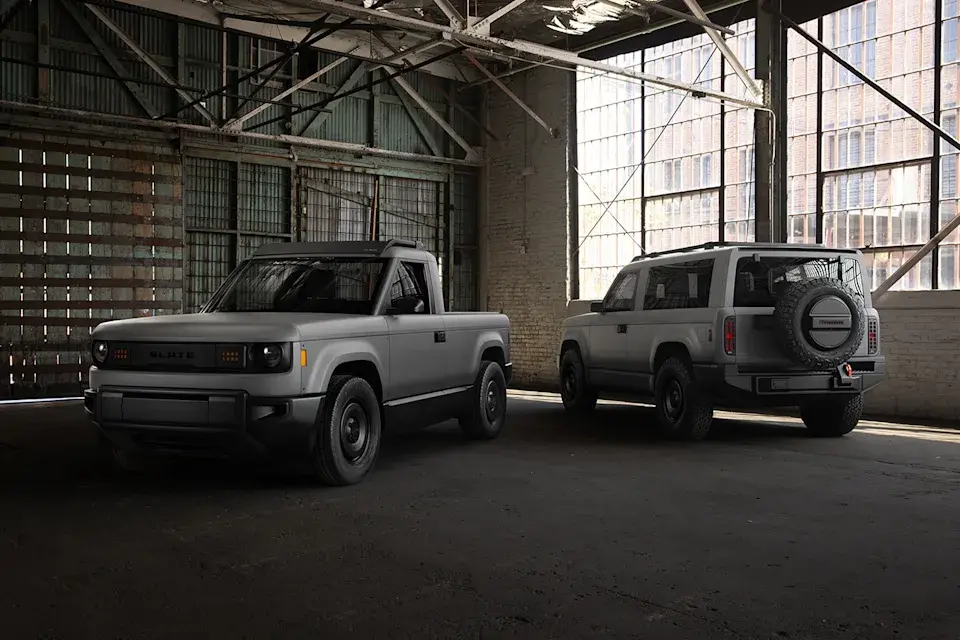Slate Auto Raises $700M from Bezos, General Catalyst & TWG
- Hanaa Siddiqi
- May 24
- 2 min read

Electric vehicle startup Slate hasn’t been tapping the brakes yet. With heavyweight backers like Jeff Bezos and Mark Walter of Guggenheim in its corner, the company has already wrapped up its Series A and B rounds — and is now gearing up for a Series C raise. Prior funding totals? Quietly hovering around $110 million, a figure not publicly known until now.
But that number may raise eyebrows for anyone familiar with the brutal economics of auto manufacturing. In a sector where building from scratch often demands billions, not millions, Slate’s capital stack looks… lean. Yet CEO Barman says that’s intentional.
“We've gone through a couple rounds of funding,” Slate CEO Chris Barman said. “So Jeff Bezos was our lead in our first round, the Walter Group in our second round. We also have General Catalyst as an investor. And we've raised nearly $700 million.”
Here’s the twist: no stamping press or paint shop will exist. The company’s vehicle bodies will be made from prefabricated composite parts—all in one color: slate gray—eliminating two of the most capital-intensive elements in traditional auto production. Theoretically, this cuts costs and accelerates the timeline from concept to road-ready.
Speaking of the road, Slate plans to have vehicles rolling out by late 2026 and a production run rate of 150,000 units by the end of 2027. Assembly will occur at a repurposed facility in Warsaw, Indiana, formerly home to the LSC Communications printing plant. In short, this is American manufacturing with a modern twist.
Financially, the company’s ambitions are bold. Slate says it expects to be cash-flow positive shortly after production begins — a claim that would raise skepticism in a landscape where even publicly traded rivals like Rivian and Lucid are still clawing toward profitability.
But the economics may pencil out. By avoiding tariffs and keeping its supply chain domestic, Slate aims to dodge the pitfalls that have tripped up other EV newcomers. And the truck itself? A no-frills, rear-wheel-drive pickup smaller than a Ford Maverick, built for utility over luxury.
Two battery configurations are on offer:
A 52.7-kWh pack targeting 150 miles of range
An 84.3-kWh version promising 240 miles
“We were very focused through the process that we wanted to also source American parts,” Barman said. “So we have a high number of US-sourced parts within the vehicle, so we'll be very insulated against that.”





![LOGOTYPE [GREEN_DARK GREEN].png](https://static.wixstatic.com/media/d6e0b6_7c15be730f2c42d4ad22da5f1e69fa35~mv2.png/v1/fill/w_877,h_198,al_c,q_85,usm_0.66_1.00_0.01,enc_avif,quality_auto/LOGOTYPE%20%5BGREEN_DARK%20GREEN%5D.png)



Comments